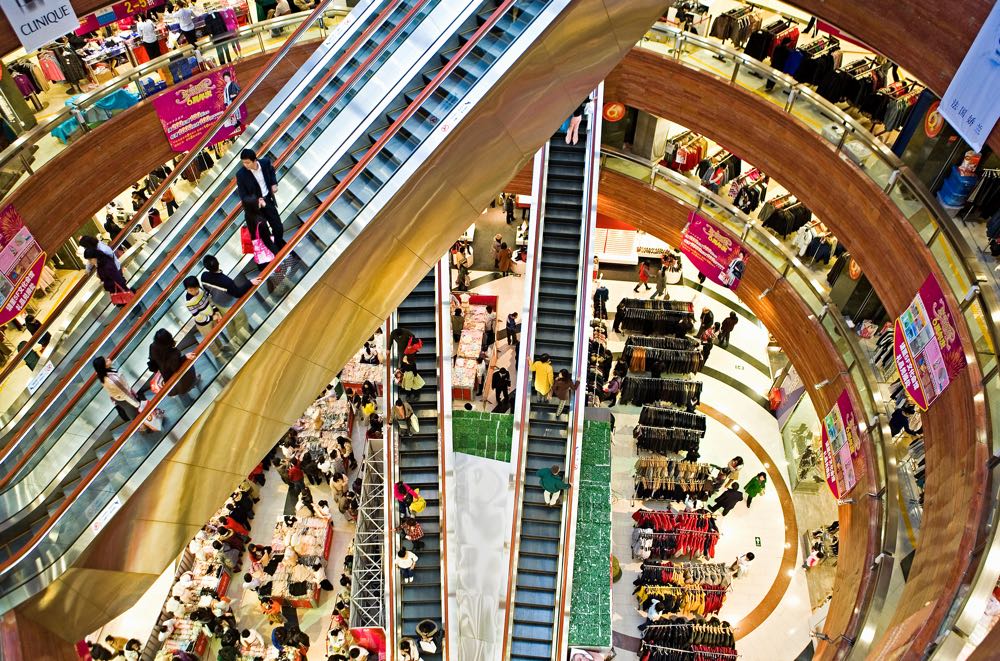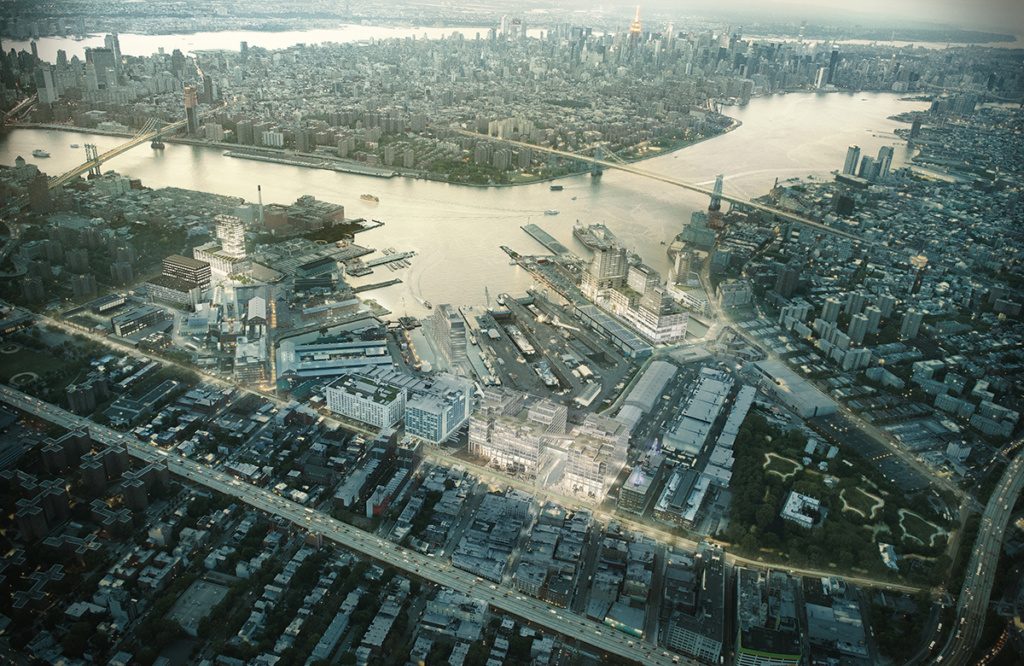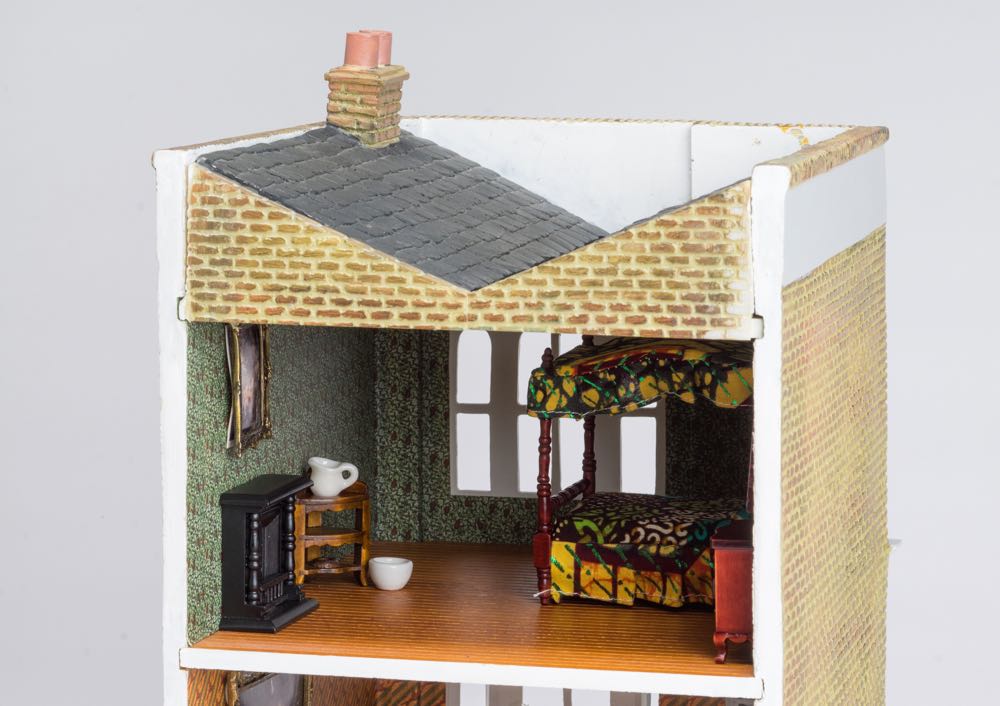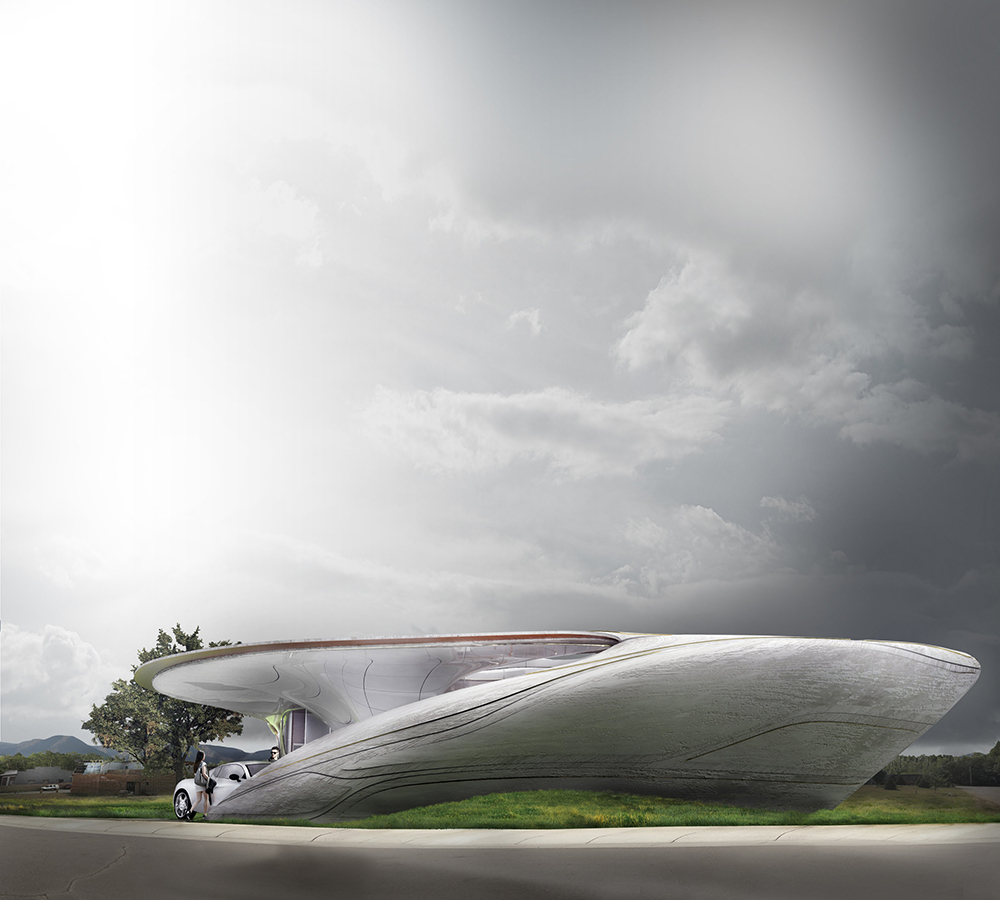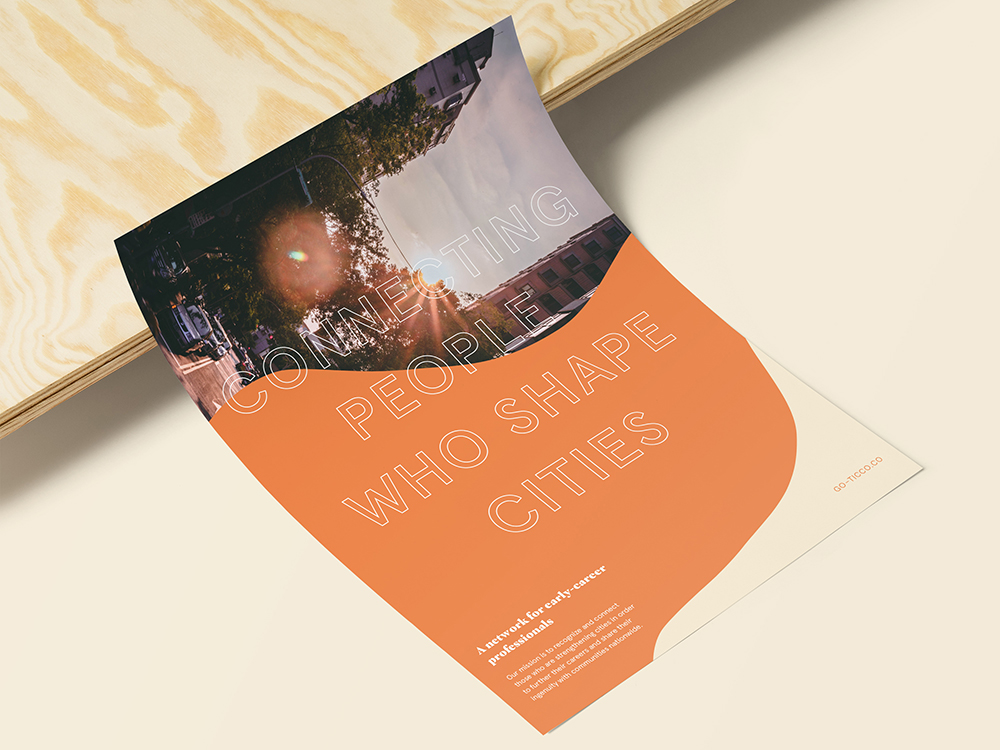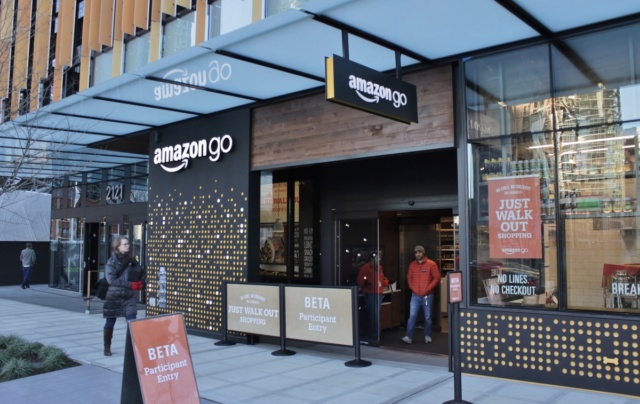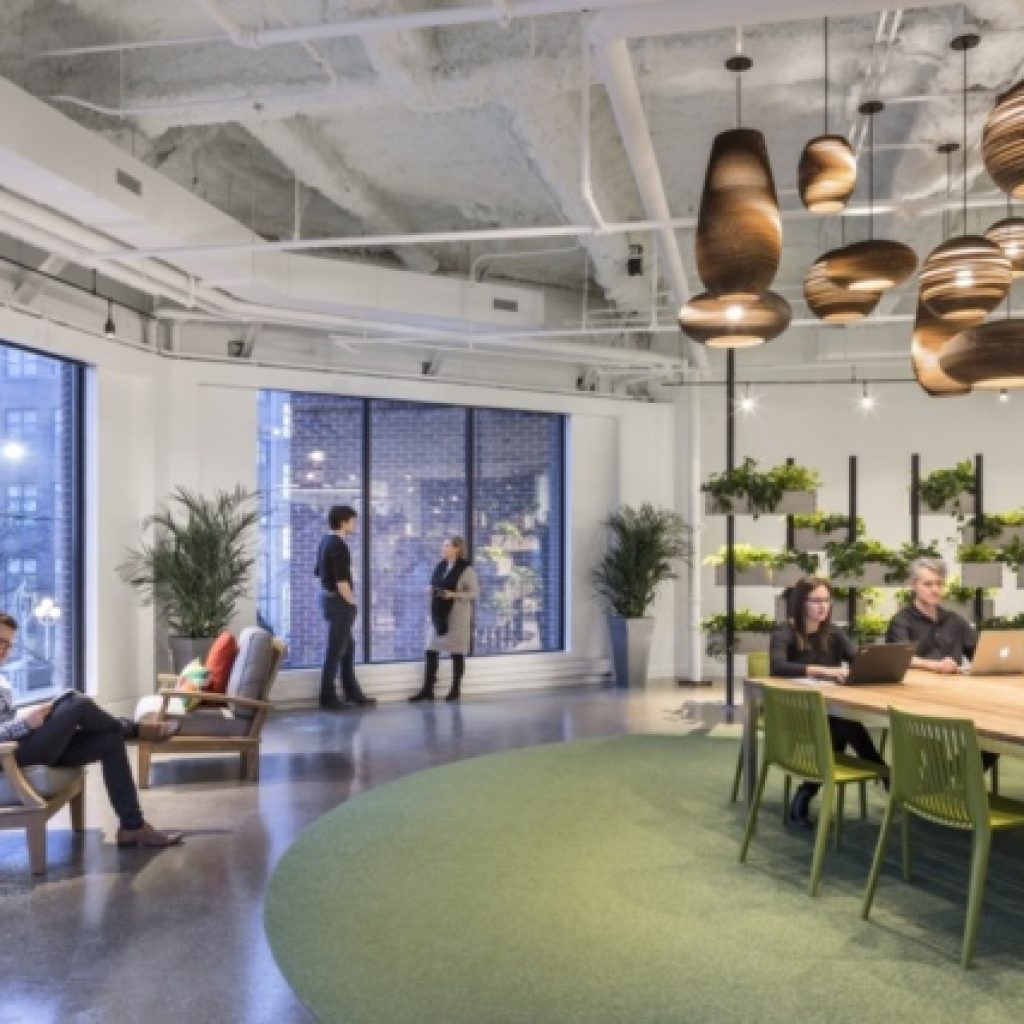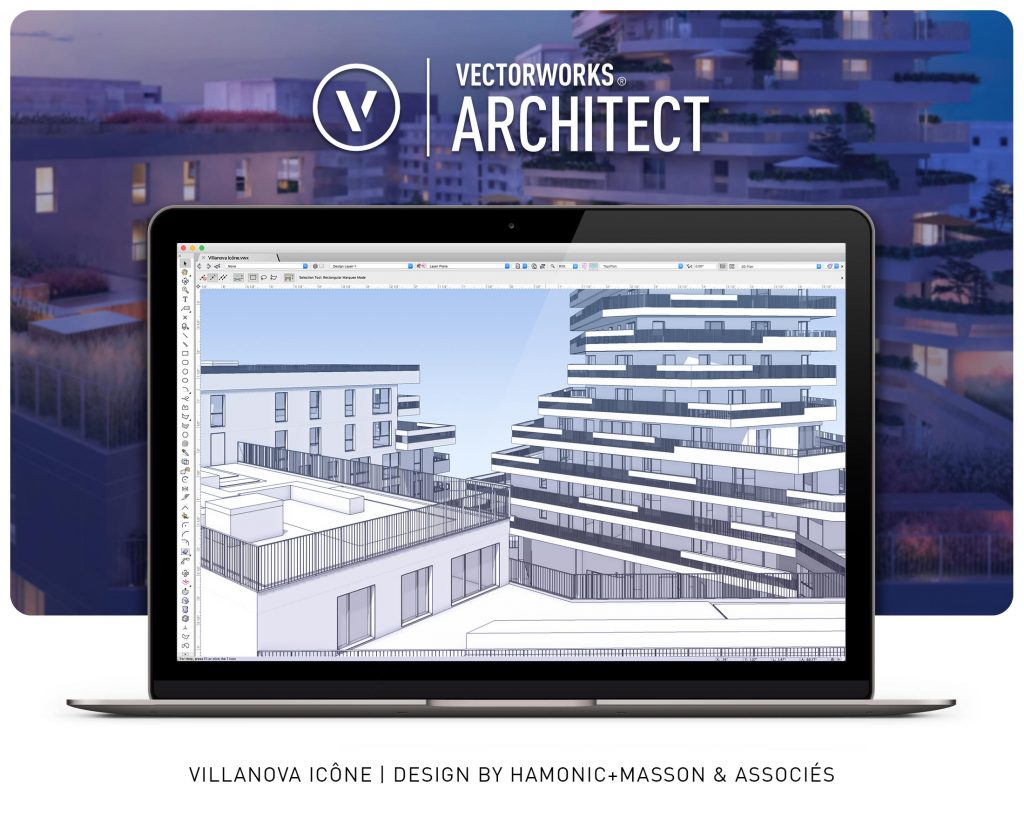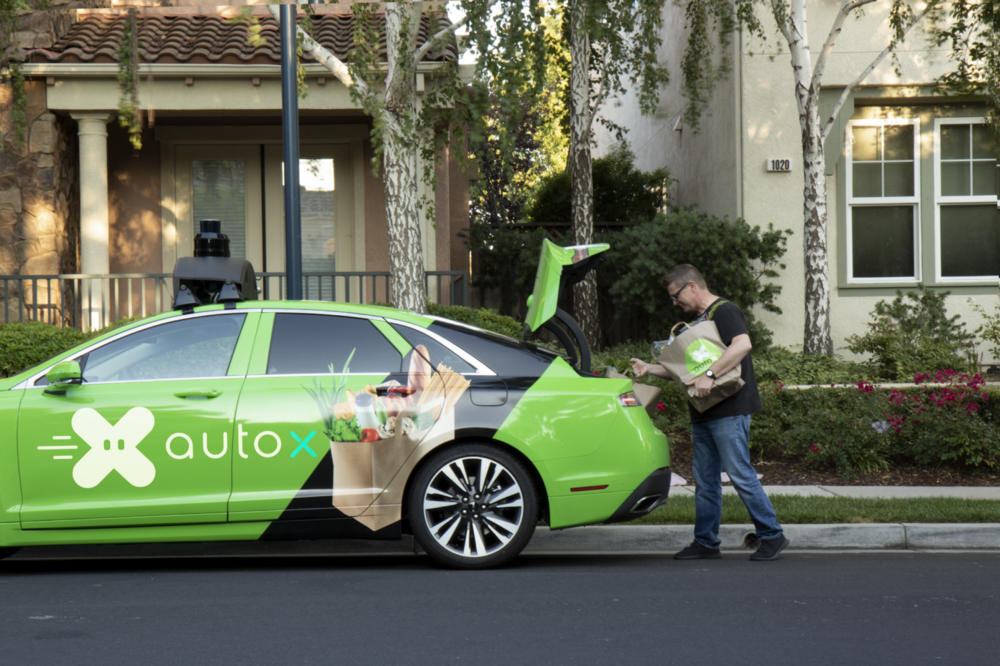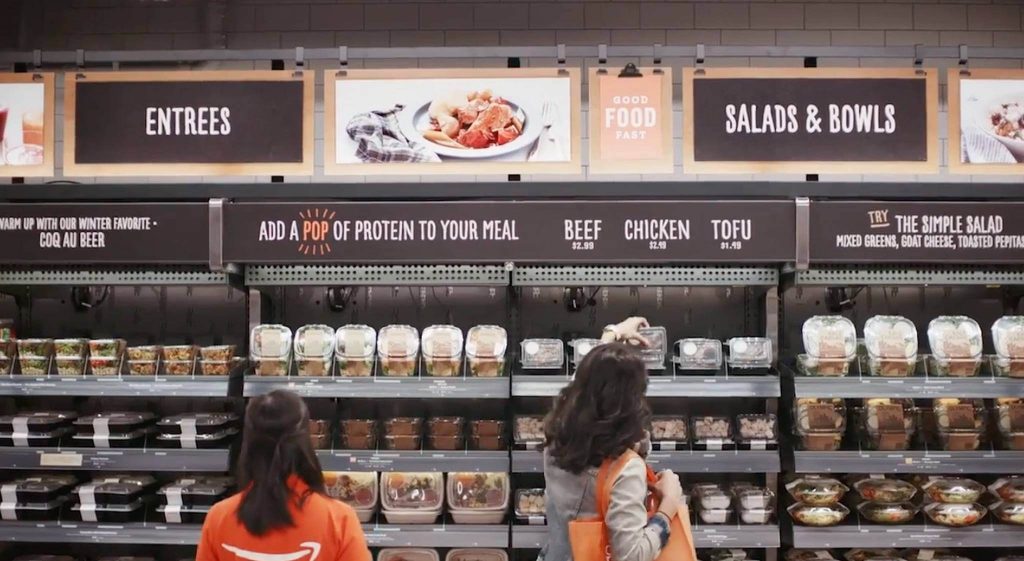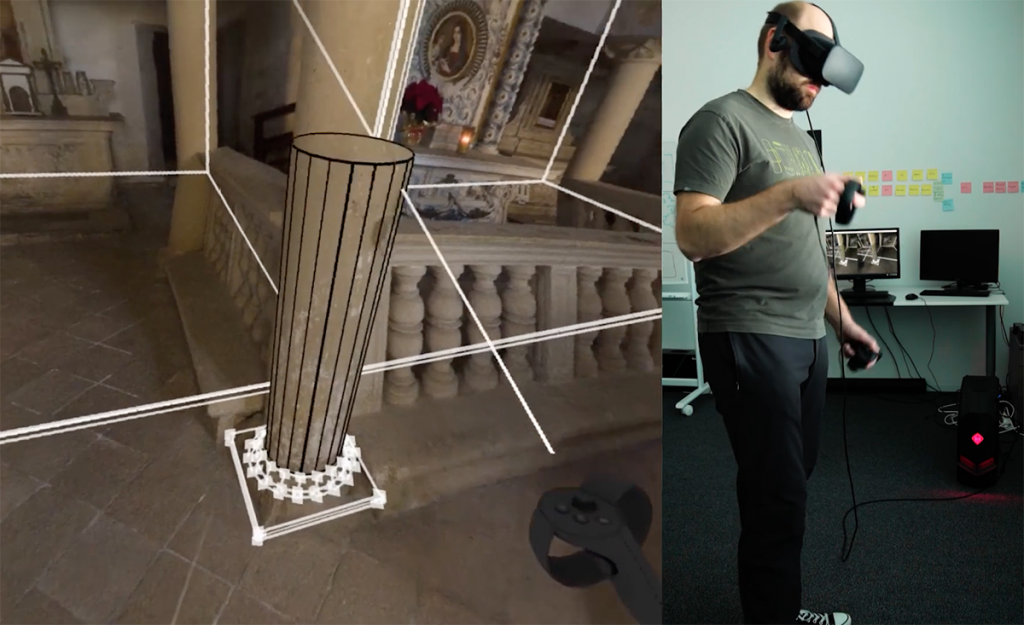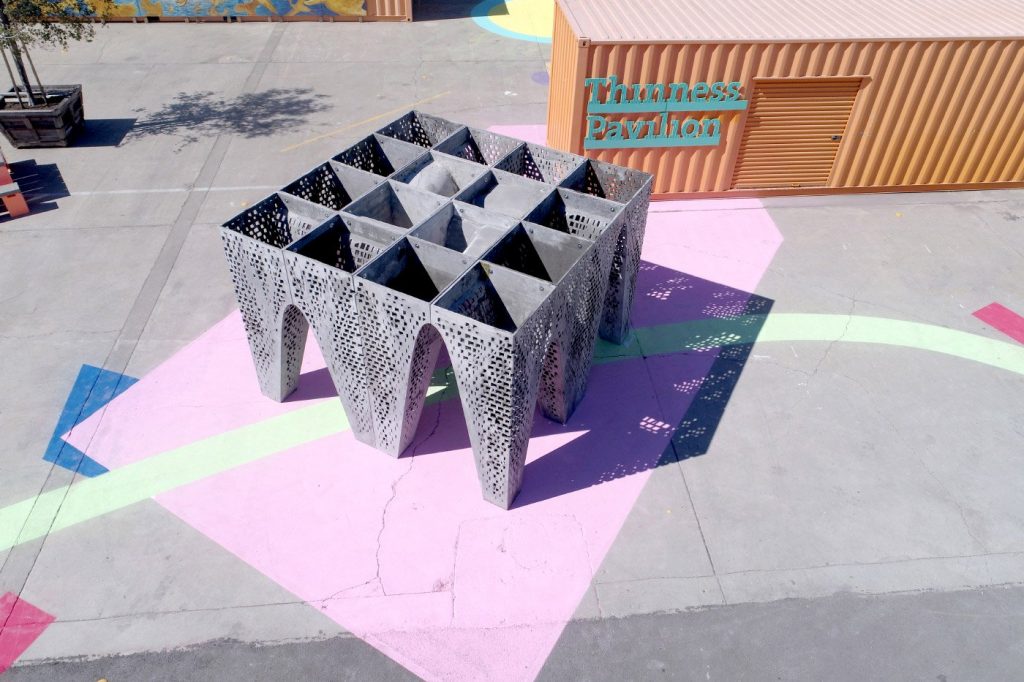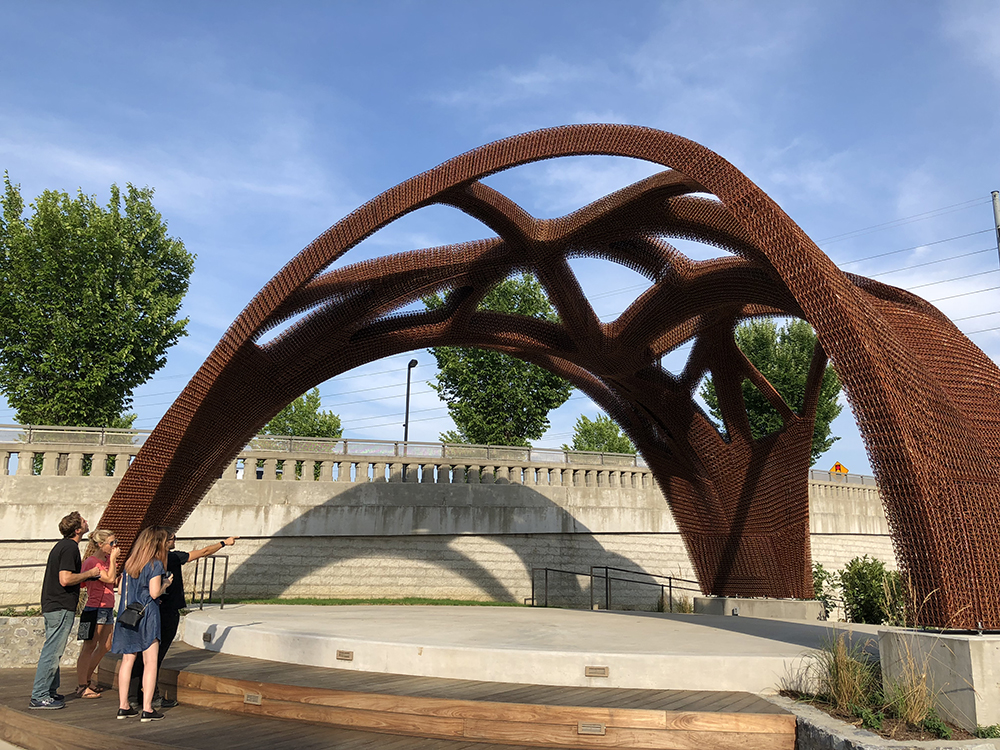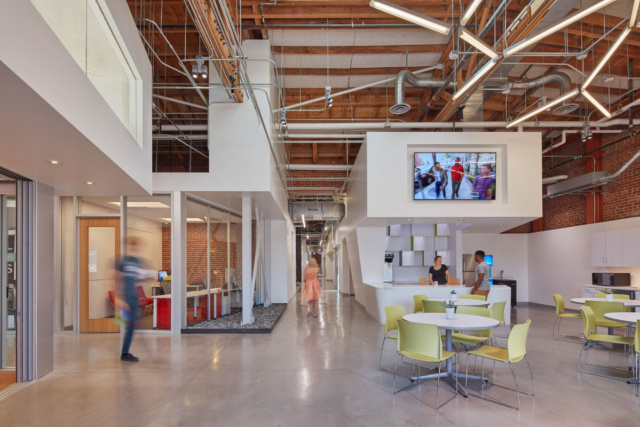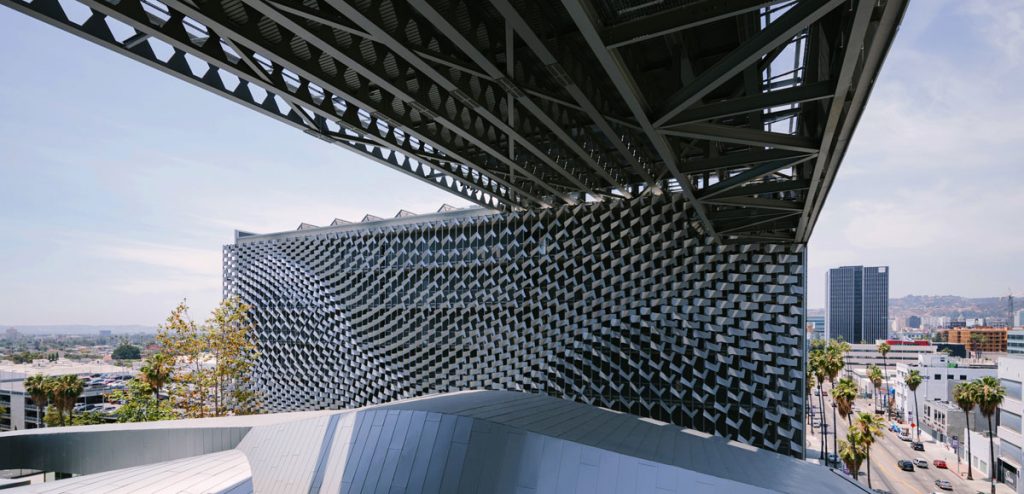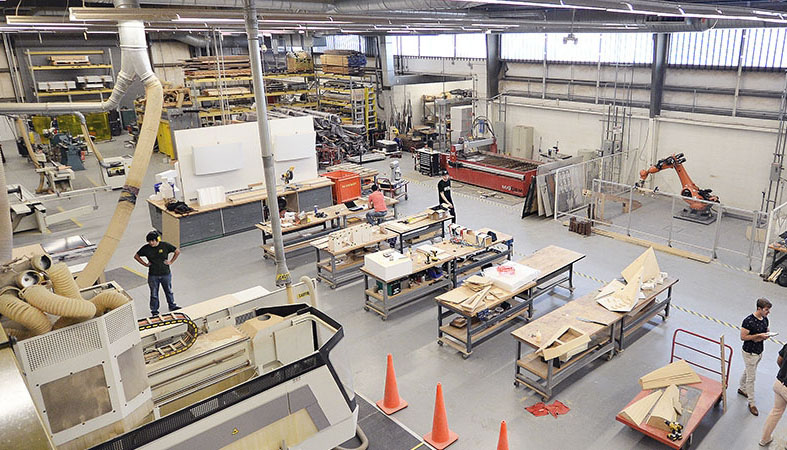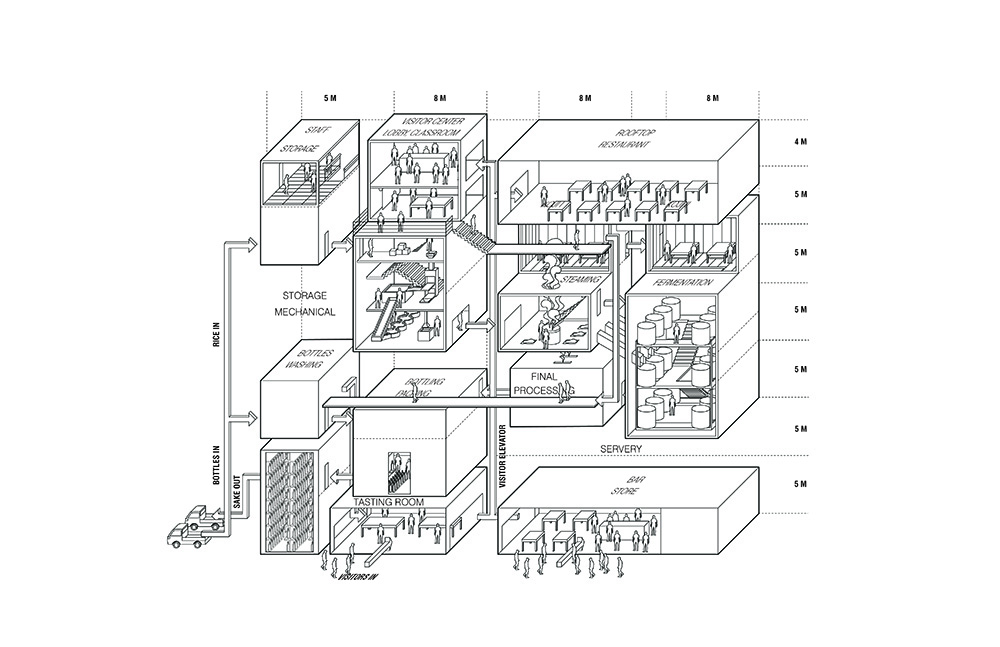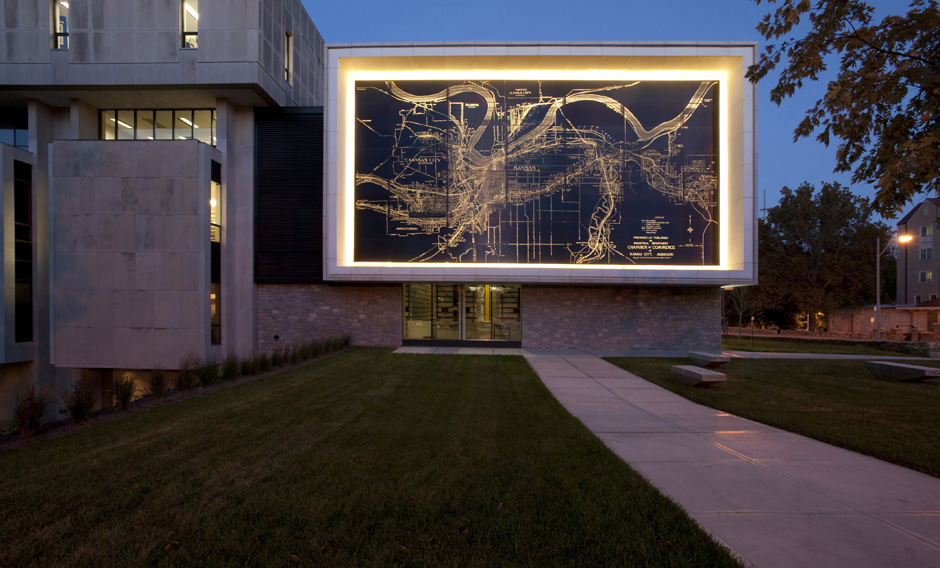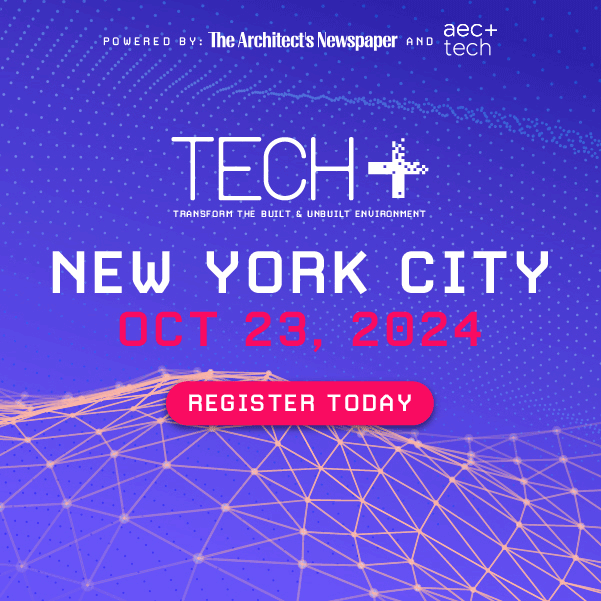Level 3, number 203. Turn right 10 feet. Go straight for 15 feet. The best way to experience data’s strong grip on everyday life in China is to open up Baidu Maps, a mapping app by China’s biggest search engine company, and walk around a shopping mall for one afternoon. Inside the building, a network
In most major cities of the world, an urban tech landscape has emerged. One day, we were working on our laptops at Starbucks, and the next, we were renting desks at WeWork. We embedded our small architectural and design firms in low-rent spaces in old factories and warehouses, and then we emerged as “TAMI” (technology,
There have been a number of projects to digitize culture as of late. More and more museums are putting their collections online, and there are, of course, the many projects of Google Arts & Culture, including the company’s recent experiments 3-D printing historic sites. Now, all of the United Kingdom‘s publicly-owned sculptures that have been made
3-D printing in architecture is growing—literally. Once limited to models and small pieces, the technology has recently been adapted to large-scale projects, like the world’s largest 3-D-printed concrete bridge in Shanghai, a stainless steel bridge in the Netherlands, and walls for U.S. military barracks. An Austin-based company has even begun selling plans for 3-D-printed
As a new generation of freshly minted architects, engineers, and construction professionals enter the field, one company is trying to get ahead of the curve with a social network for people who “shape our cities.” Named Ticco, after the nearly 10,000-year-old Norwegian tree Old Tjikko, the social network is designed for Gen Z and Millennial AEC
Imagine a world where artificial intelligence tracks your every movement. A world where buildings have minds of their own, learning your behaviors, and collecting data from you as you come and go. While existing technology has not yet reached sci-fi levels, a visit to an Amazon Go grocery store can offer you a peek into this possible future of retail
On September 25, The Architect’s Newspaper hosted its inaugural Tech+Workplace conference. Located in New York City’s Urban Tech Hub, the event brought together experts in the fields of office design, space planning, and facilities. Panels were split into three categories: Designing for Wellness, Designing for Performance, and Designing for the Future. Melissa Marsh, Founder and Executive director of PLASTARC and
The proliferation of Building Information Modeling (BIM) has allowed AEC firms to continually alter project designs; subtracting, adding and finessing details until the ideal model is formed. While the use of BIM allows for the visualization of numerous design options, managing and presenting the significant quantity of models and data produced by this method presents
FutureVision is R/GA’s trend-spotting division. FutureVision helps keep you connected with the latest information, making it easy for you to stay informed. Sometimes referred to as the “YouTube for stories,” Wattpad, the 10-year-old Toronto-based digital-literature social-networking app for amateur writers, has helped authors snag book deals with major publishers. One author, Anna Todd, got a combined seven
From Amazon Go to Walmart’s Alphabot, grocery retail is being significantly disrupted by the fast-evolving technologies of automation and artificial intelligence. Now, startup AutoX is launching an autonomous vehicle delivery service directly to households. While other companies such as Nuro and Marble are designing and operating autonomous vehicles specifically for delivery, AutoX is utilizing preexisting
Amazon’s march forward into brick-and-mortar retail continues with the opening of a second Amazon Go store on the corner of Fifth Avenue and Marion Street in Downtown Seattle. The store operates on the same high-tech principles as the Amazon Go pilot store that opened in January. With the installed Amazon Go smartphone app, customers swipe
To compete with online retailers, brick-and-mortar retailers are turning towards augmented and virtual reality tools to attract consumers. Lowe’s Innovation Labs is experimenting with virtual and augmented reality to boost retail sales. Programs such as Holoroom How-To and Holoroom Test Drive allow users to visualize and experience products prior to purchase. The Innovation Labs are
Imverse, a Switzerland-based 3D computer graphics company, is pushing forward with immersive virtual reality experiences with potential architectural applications. Imverse’s Elastic Time, which premiered at the 2018 Sundance Film Festival, is a mixed reality documentary experience that allows the user to see their own body hologram with unlimited freedom of movement. The volumetric 3D environment provides
Syracuse-based APTUM Architecture has designed and fabricated Thinness, an ultra-light concrete pavilion in collaboration with international concretemanufacturer Cemex Global R&D. Concrete is one of the most ubiquitous construction materials in the world. Its advantages are many: it’s easy to produce, is remarkably strong, and can take on a variety of forms. It does, however, have one rather weighty constraint: it’s
On July 18th, Chattanooga-based architectural fabricator Branch Technology unveiled the world’s largest 3D-printed structure, a bandshell pavilion measuring 20-feet-tall and 42-feet-wide. The pavilion was first announced in Cambridge, Massachusetts during MIT’s 2018 International Association for Shell and Spatial Structures. The structure is located in Nashville’s emerging smart-city neighborhood, OneC1TY. Reported by Architect Magazine, the carbon
Meet the incubators and accelerators producing the new guard of design and architecture start-ups. This is part of a series profiling incubators and accelerators from our April 2018 Technology issue. At the Los Angeles Cleantech Incubator (LACI), participating members get a lot of bang for their buck. Originally started in 2011, the outfit moved in 2016 into a 60,000-square-foot
Cove.tool is an energy vs. cost optimization software for the AEC industry. It offers users the ability to simulate the material performance of a building in its context by assessing energy against cost over a given period of time. It empowers architects, engineers, contractors, and owners to make better decisions about building by presenting cost
From Grasshopper scripting to smart materials, technology is constantly changing the way architects and designers think about facades. Ahead of the Facades+ Los Angeles conference this month, The Architect’s Newspaper (AN) spoke to three industry leaders: Satoru Sugihara, principal and founder of computational design studio ATLV; Alvin Huang, founder and design principal of Synthesis Design + Architecture; and Doris Sung, principal of DOSU Studio Architecture,
Georgia Tech‘s Digital Building Lab (DBL) is at the forefront of AEC industry applications of emerging technologies, thanks in large part to founder Chuck Eastman’s groundbreaking work in building information modeling (BIM). New DBL director Dennis Shelden is positioning the Lab and Atlanta as a hub for innovation and entrepreneurship in the built environment technology
It’s a rare treat for those of us who teach in the “suburbs” of the curriculum (in my case, professional practice) to visit the hip “downtown nightclub” scene of the design studios.
Asking what our built environment will look like in the future is a vague and more-or-less impossible question to answer. However, speculating on what cities will look like in the next ten years is a game many in the real estate industry play. Furthermore, wondering where development opportunities lie is a lucrative business. Typically, asking
Technology and big data go hand-in-hand and Boston-based firm Sasaki is one of the firms leading the way. Sasaki’s work touches on economic activity, master planning, urban regeneration, and resiliency. Big data is crucial for such work. Brad Barnett is a director of strategies at Sasaki. Within this position, his role includes city planning, designing, and
